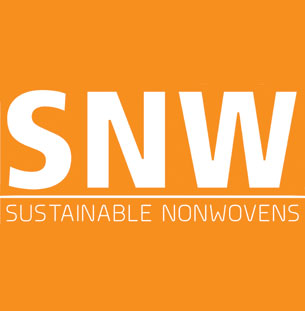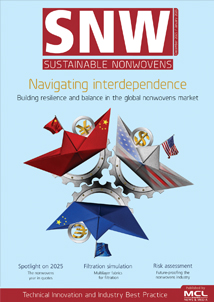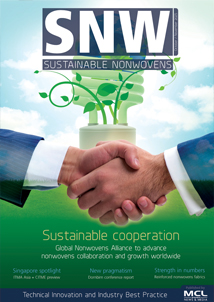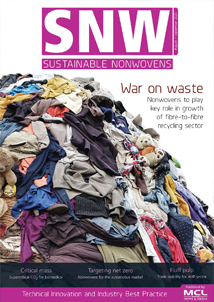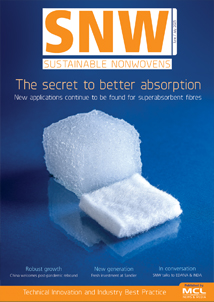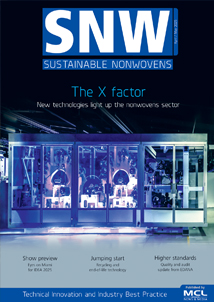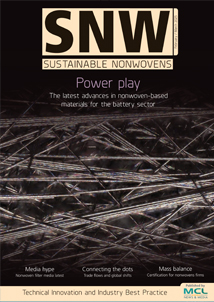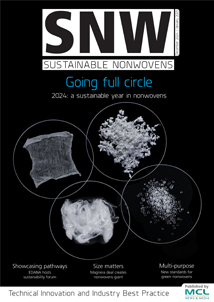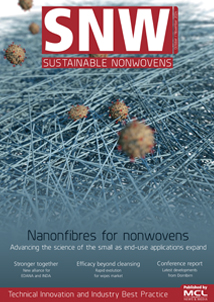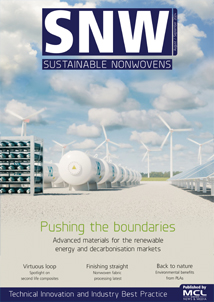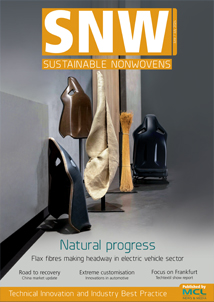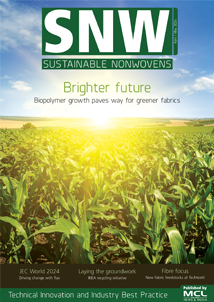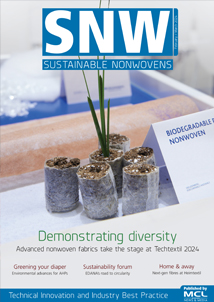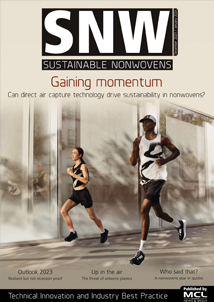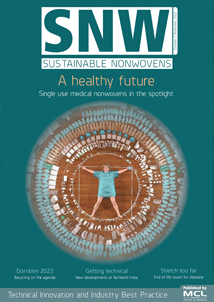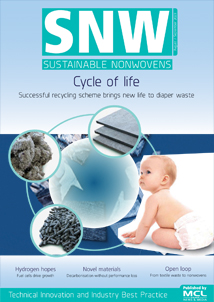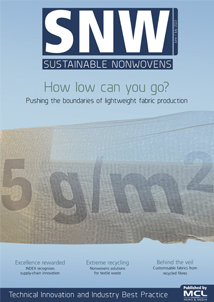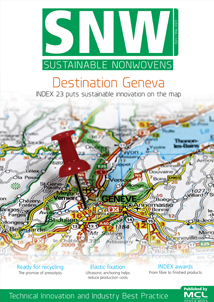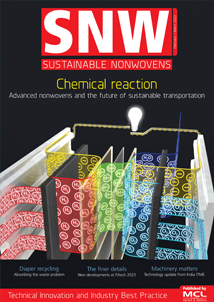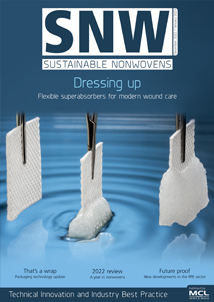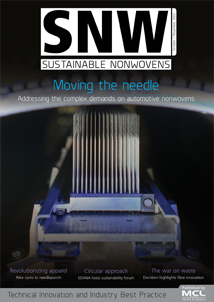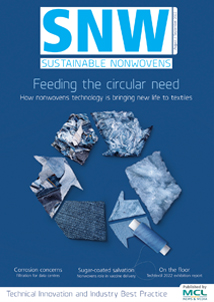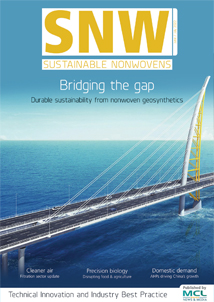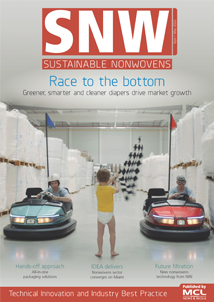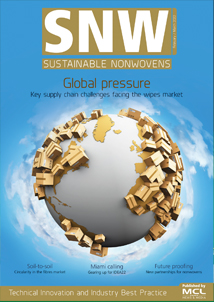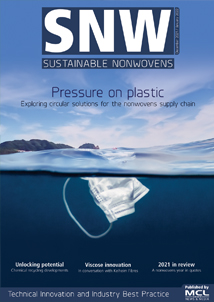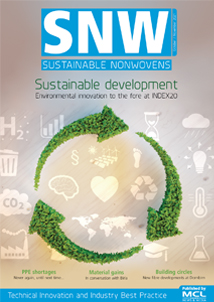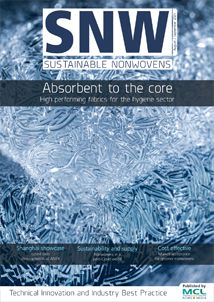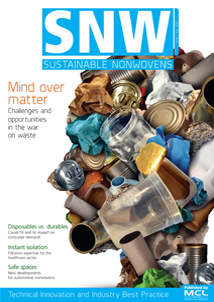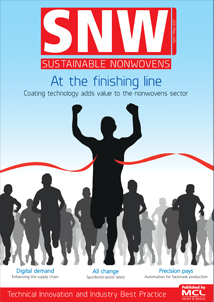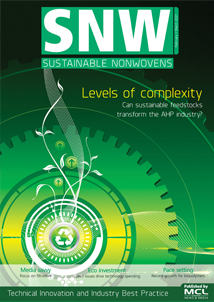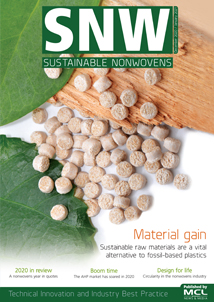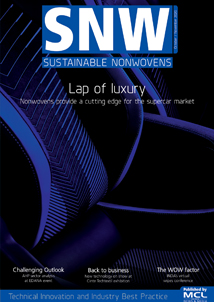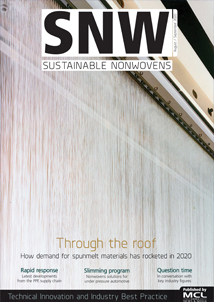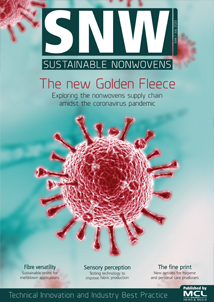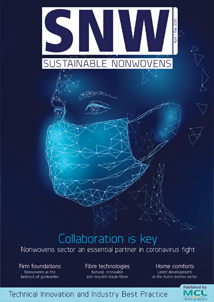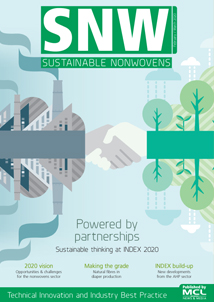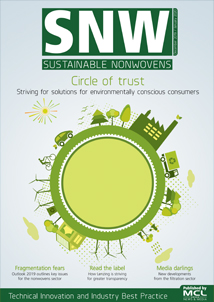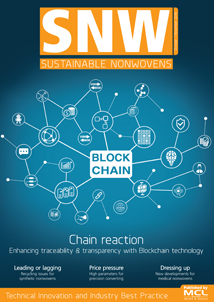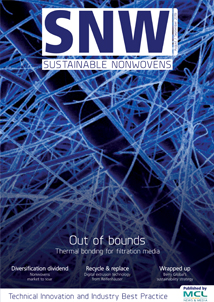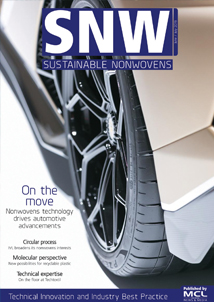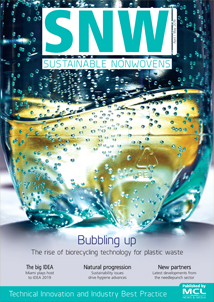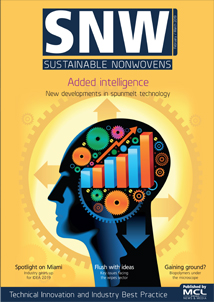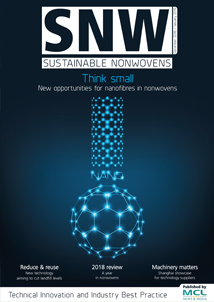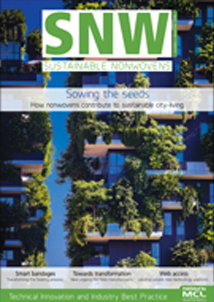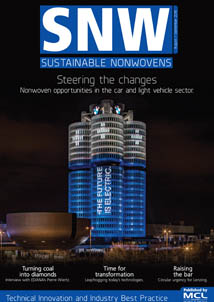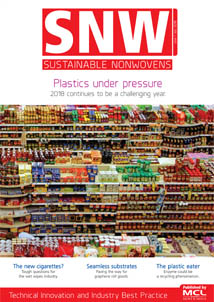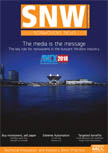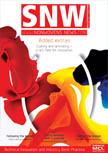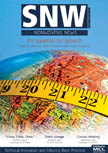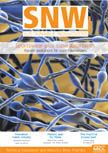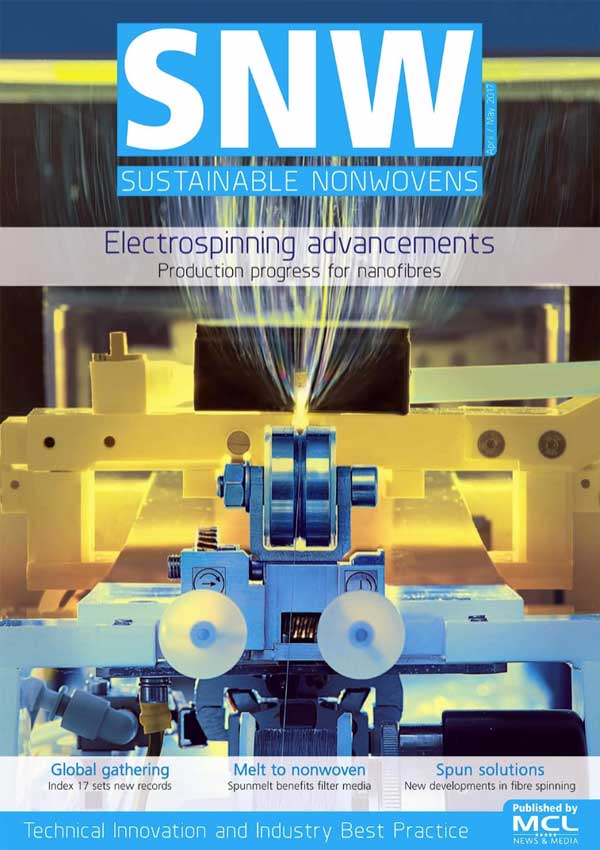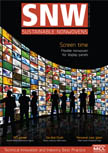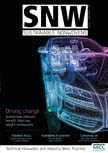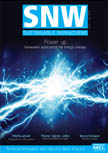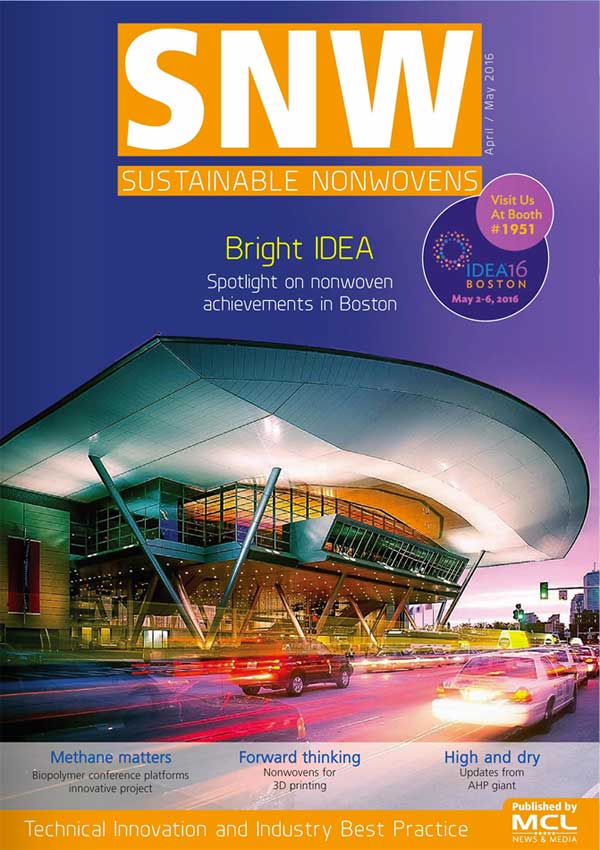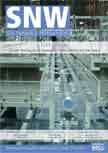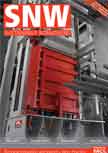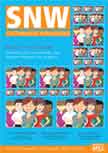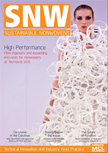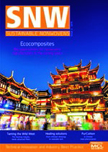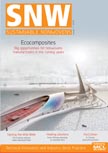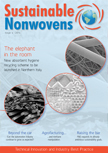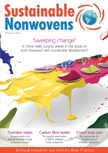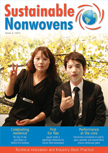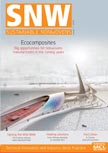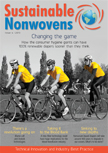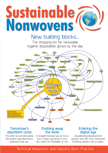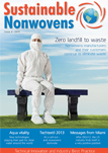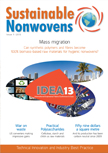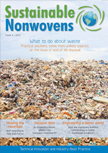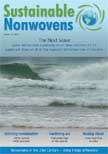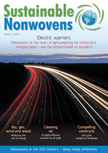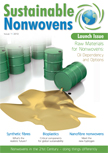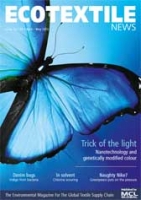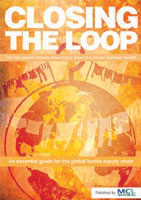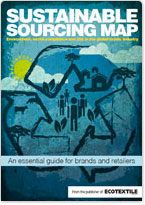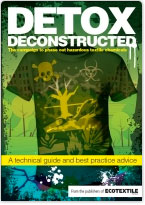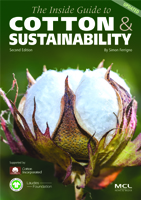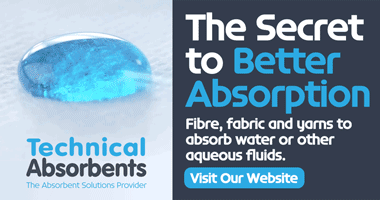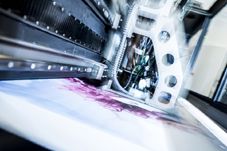 The first production machine for the inkjet digital finishing of textiles and nonwovens was started up this week at TenCate Protective and Outdoor Fabrics in Nijverdal, the Netherlands.
The first production machine for the inkjet digital finishing of textiles and nonwovens was started up this week at TenCate Protective and Outdoor Fabrics in Nijverdal, the Netherlands.
The result of an intensive cooperation between Reggiani Macchine, Xennia Technology and TenCate within the context of a number of European innovation programmes over the past decade, the machine provides the company with the ability to provide on-demand delivery and mass customisation based on a flexible, sustainable and very cost-efficient production process.
Among many advantages of the new machine are the precise deposition and very high throughput made possible using patented, reciprocal diagonal or high speed flexible array printing.
With functional performance determined by the composition of the fluid, the size and density of the coating can be extremely precisely controlled. This means, for example, that it is possible for it to be deposited directly onto the surface of the material, rather than allowed to impregnate into it, to allow for different functionalities on the two sides. As a result, a fabric can be made water repellent on its surface while remaining absorbent everywhere else. Active self-cleaning nanomaterials can also be very economically applied and treatments for anti-mosquito or antimicrobial performance which are not suitable for skin contact applied to remain entirely on the outside of the material.
It is also possible to deposit the fluids onto specific areas of the material, rather than a complete coating.
The industrial application of inkjet technology within the technical textile industry will result in considerable savings in water, energy and chemicals, such as dyes and pigments, says TenCate.
Compared to conventional finishing, TenCate is claiming benefits for certain processes as high as:
• 60% less energy
• 80% less water
• 90% less inks
• 90% les waste
• 70% less materials
The digital UV curing inkjet machine has eight printheads and a print width of 1.8 metres. It applies the CMYK colours of the UV inks to the substrate with extreme accuracy. This accuracy has been increased to such an extent in the European TREX project that the total margin of error for the placing of ink drops on the textile substrate is under 20 microns.
The inks are UV curable which means that the ink chemistry hardens when exposed to UV light. UV curing consists of two steps: pinning and final curing. In pinning, the drops are pinned onto the substrate surface by a UV LED, with each drop being positioned with great precision. In final curing all the applied drops are ultimately converted into solid matter by a UV battery.
The printheads deliver 600 DPI (dots per inch) and work with a triple greyscale technology. The machine can also print in different modes so that the speed can be tailored to the required standard of performance. This means the printer can print at resolutions reaching 1,200 DPI, which depending on the type of substrate corresponds to photo quality.
In existing techniques, the colours are restricted by the printing system, namely to a maximum of 24 combinations. With the new digital technique a much better result can be achieved with only the four CMYK colours. At the same time new designs can be easily and quickly produced, enabling reaction to specific customer wishes even during production. The ultimate performance on outdoor fabrics is determined by the specially developed UV inks, which ensure the necessary weather resistance and colour fastness.
“Digital inkjet technology is a case of technological innovation, one of the cornerstones of the TenCate business model,” said TenCate president and CEO Loek de Vries. “It generates new opportunities to continue to meet the changing needs and expectations of the end-user. During the celebration of the 300th anniversary of Royal Ten Cate in 2004, I appealed to the imagination of those invited by asking them to pinpoint digital finishing on our horizon. Today this vision has become a reality.”
The new machine is intended as just the first in a series to be installed at TenCate plants globally.
